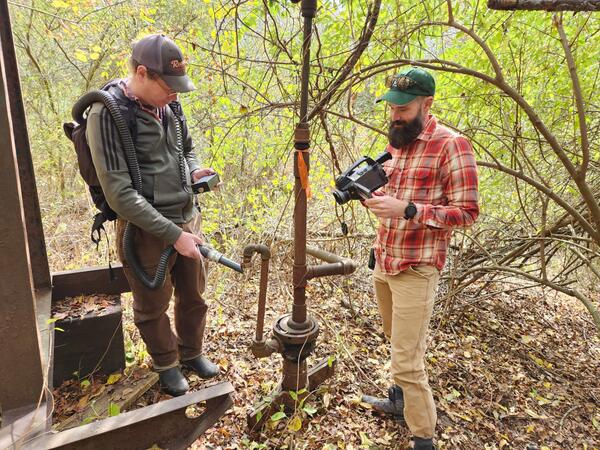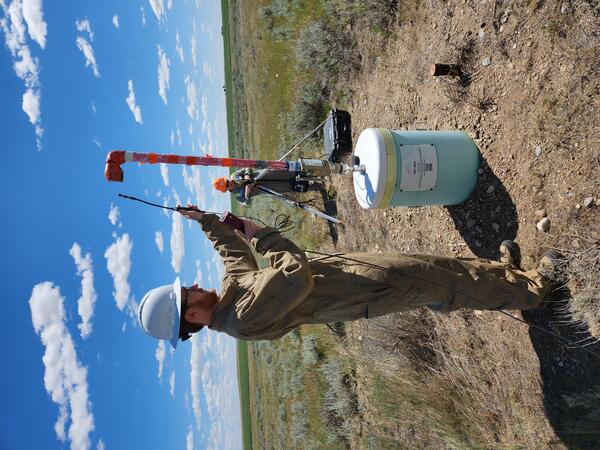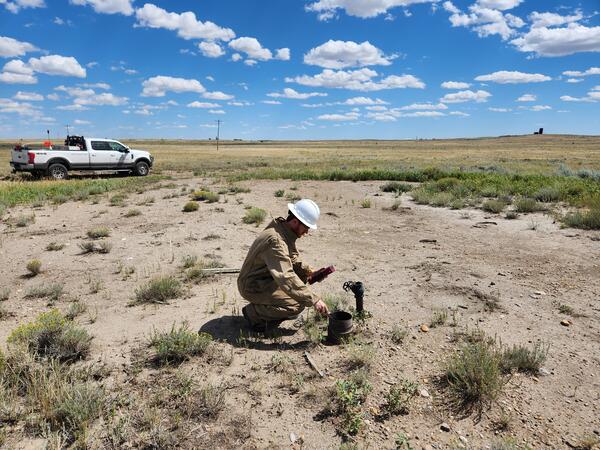Dr. Karl Haase is research chemist focused on expanding our understanding of the movement of water and gases in the Earth system. The theme of his work is to find ways of measuring tracers and identifying emissions events not previously observed or developing new ways of performing measurements that were previously laborious and time consuming, enabling studies not previously possible. He has led and contributed to multiple studies that rely on his expertise and creativity in analytical chemistry, metrology, gas sensing, light hydrocarbon isotope geochemistry, isotope hydrogeology, and groundwater dating.
Karl has created several analytical systems in the USGS for measuring groundwater age tracers, noble gas and tritium systems used by the Reston Stable Isotope Laboratory in Water Mission Area, as well as custom low-cost gas sensor systems and methodologies for measuring dissolved and gas phase methane and carbon dioxide to study cycling underwater, in caves, and from orphan wells and coal mines.







